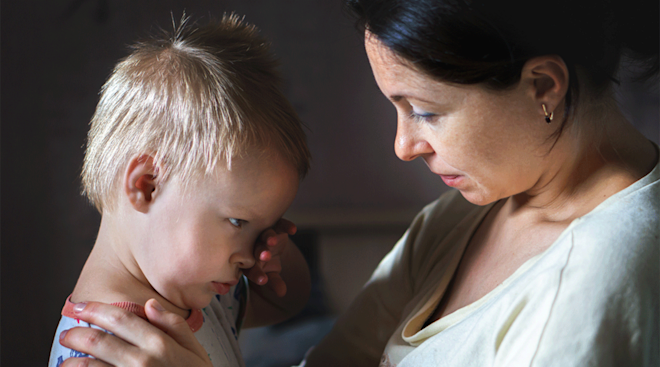Study Confirms Autism Develops Differently in Girls Than Boys
Experts have long believed that the development of autism differs in boys and girls, but one study is now confirming the claim, attributing the differences in development to differences in genes.
The study, which was published in the scientific journal Brain, looked at brain imaging technology in combination with genetic research to better understand ASD’s effects in girls. According to the researchers, the effects in girls have been less researched due to the fact that an ASD diagnosis is four times more common in boys.
They used functional magnetic-resonance imaging (fMRI), to look at brain activity during social interactions, tracking things like facial expressions and gestures. They found that girls with autism used different parts of their brains than girls without autism. More surprisingly, the difference between girls with and without autism was not the same as the difference between boys with and without autism. The findings indicate that the different brain mechanisms involved in autism may be based on a person’s biological sex.
The researchers also found that the genetic contributors between the two sexes were very different. Girls had more rare variants of genes active during the early development of the striatum, a region of the brain that plays a role in regulating motor behaviors, interpreting social interaction, reward perception and more. They believed that the effects on the striatum may play a role in ASD risk for girls.
“The convergence of the brain imaging and genetic data provides us with an important new insight into the causes of autism in girls,” Kevin Pelphrey, PhD, an autism expert at the University of Virginia School of Medicine and UVA’s Brain Institute and lead author of the study, said in a press release. “We hope that by working with our colleagues in UVA’s Supporting Transformative Autism Research (STAR), we will be able to leverage our findings to generate new treatment strategies tailored to autistic girls.”
According to the researchers, the study’s findings indicate that conclusions that are drawn from studies that primarily analyzed boys with ASD should not be assumed to also hold true for girls with ASD. Pelphrey explained, “This new study provides us with a roadmap for understanding how to better match current and future evidenced-based interventions to underlying brain and genetic profiles, so that we can get the right treatment to the right individual.”
Please note: The Bump and the materials and information it contains are not intended to, and do not constitute, medical or other health advice or diagnosis and should not be used as such. You should always consult with a qualified physician or health professional about your specific circumstances.
Navigate forward to interact with the calendar and select a date. Press the question mark key to get the keyboard shortcuts for changing dates.





















































